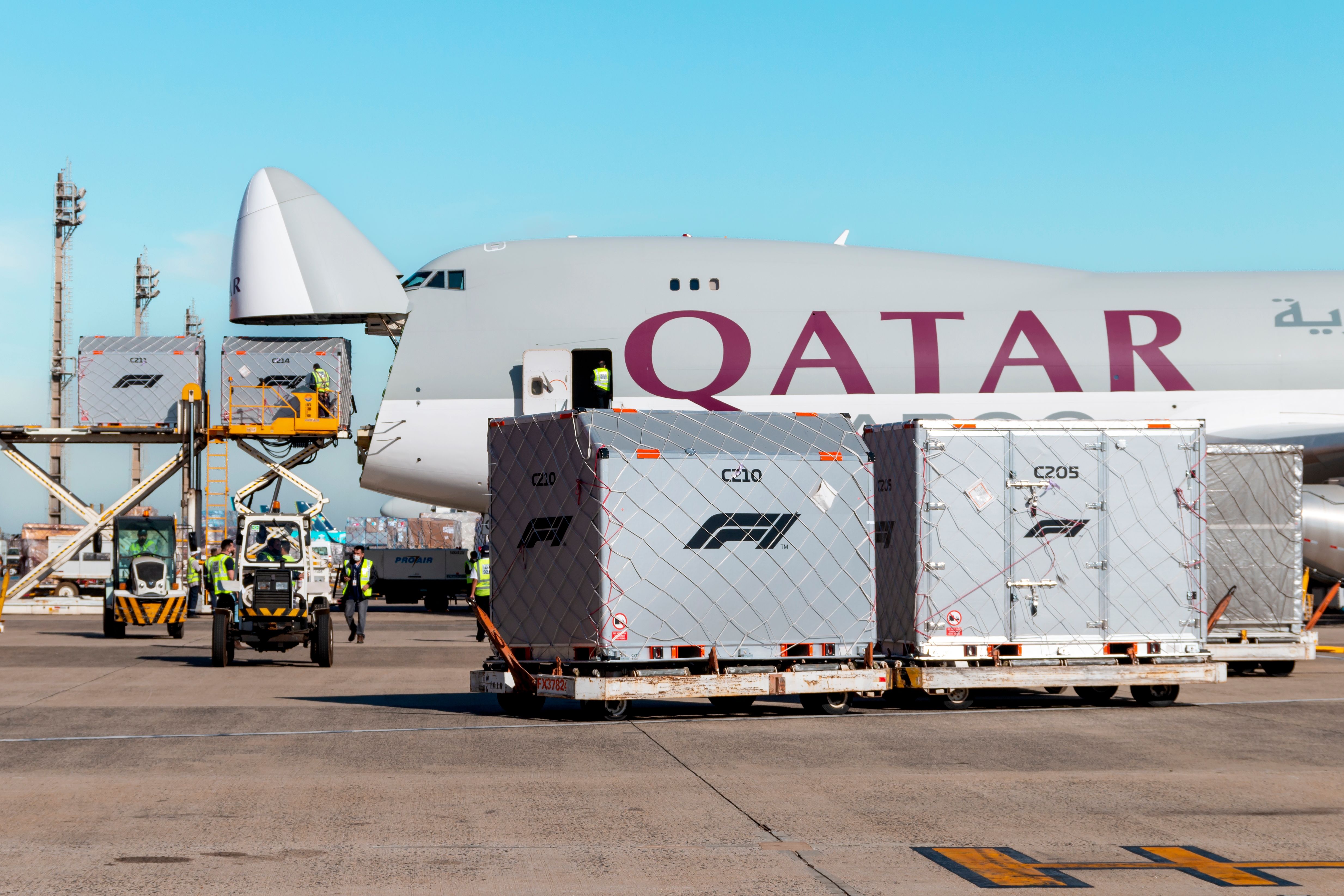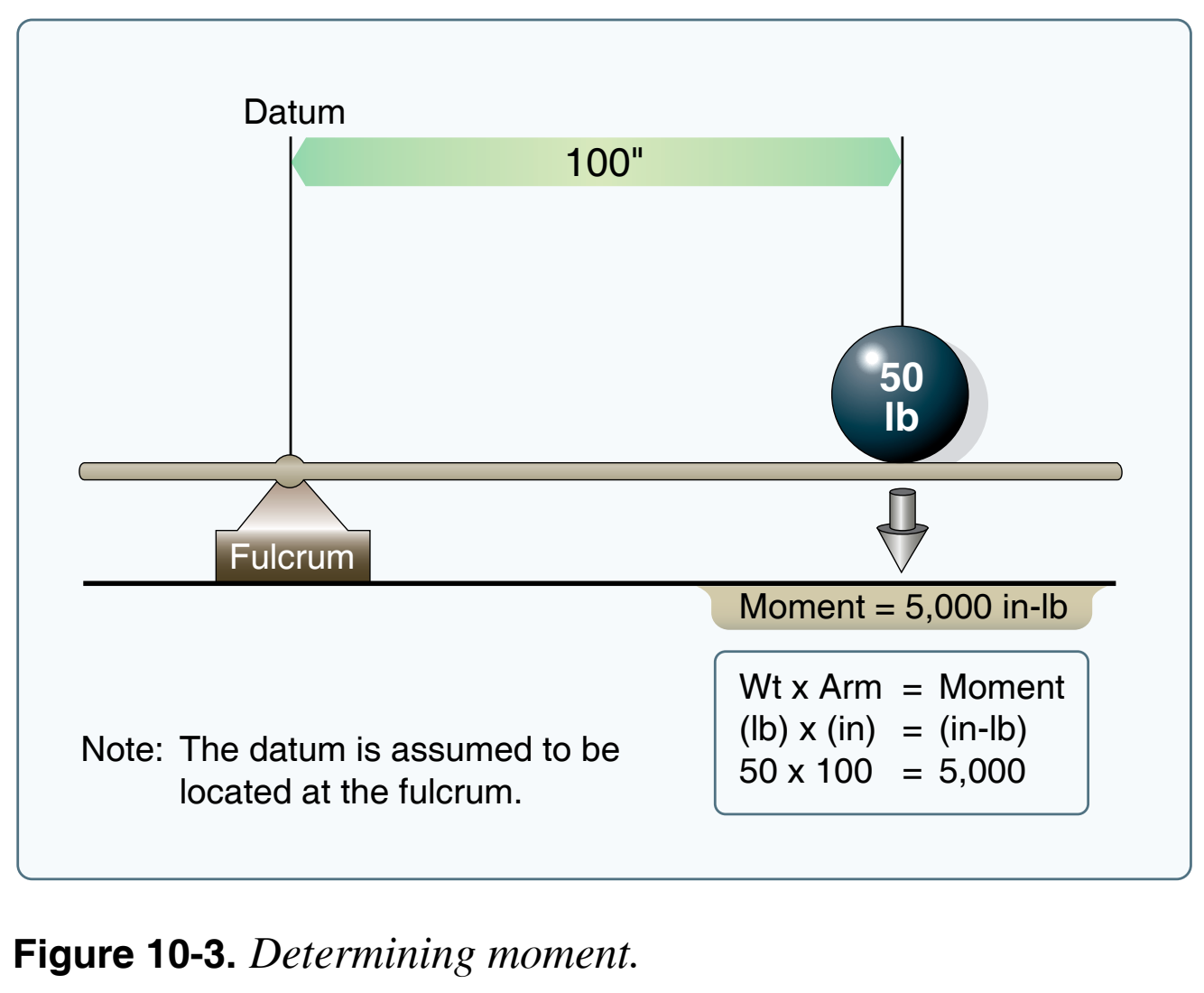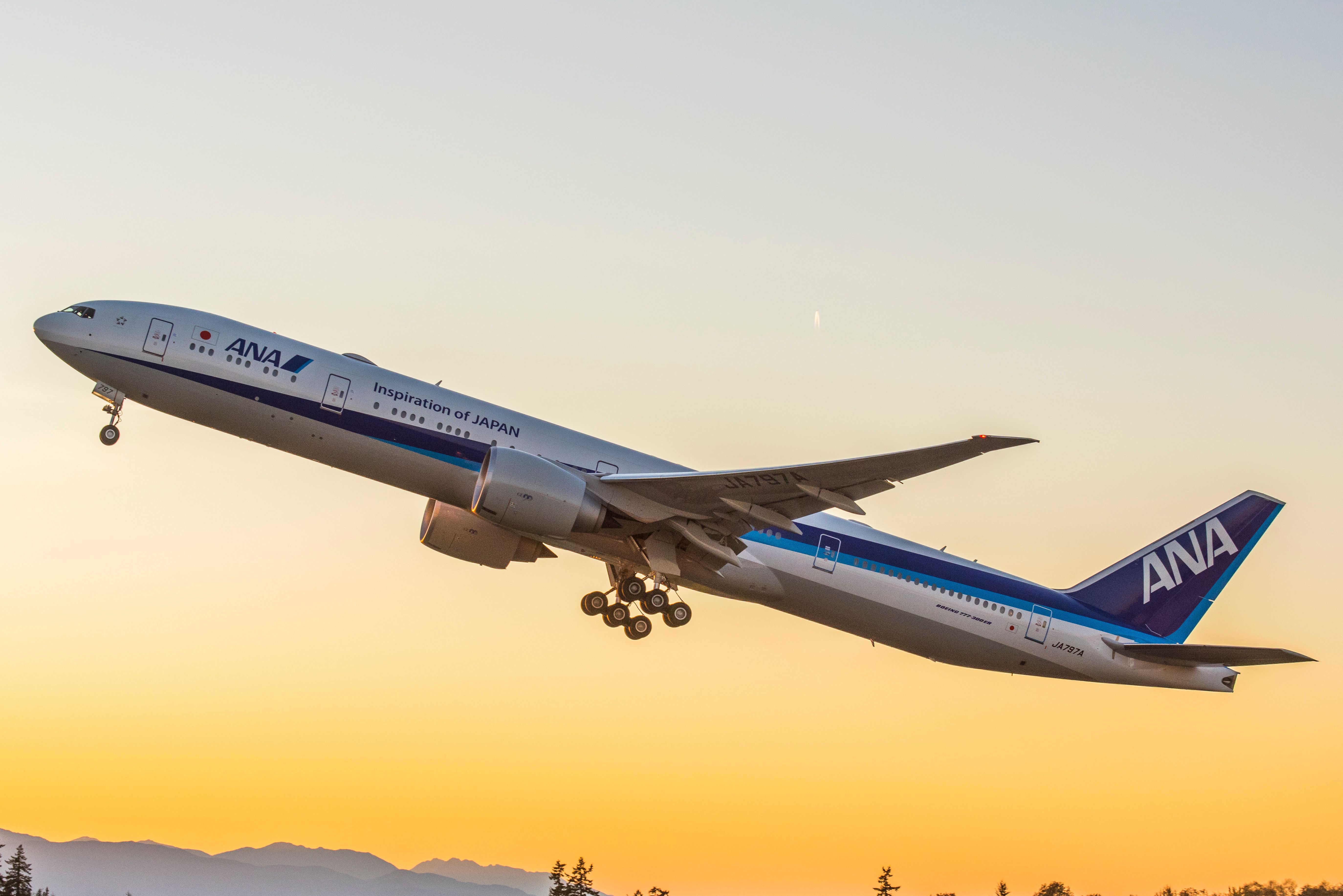Four forces balance flight. In level, unaccelerated flight, the force of weight equals lift, and thrust equals drag. Weight and balance concern all of these forces, but weight and lift are the primary forces at play. The words "weight and balance" go hand-in-hand and are thus always used in tandem. The crux of aerodynamic weight and balance is that the center of gravity of a plane needs to be balanced at the center of lift.
Physics
A plane's weight is constantly pulled towards the Earth's gravitational effect. This is true whether the aircraft is on the ground or in the air. The weight of a plane is ever-changing during operation because of how much fuel is burned. A plane's weight changes drastically as it moves; the weight and balance calculation is thus a dynamic one. The changing weight of an aircraft in flight is considered before it ever leaves the ground.
A plane's balance is similar to traditional fulcrum equations in physics. Think of a seesaw on a playground—the weights of two people need to be distributed evenly across the platform to remain parallel to the ground. A plane's fulcrum in flight is the center of lift, and the distances of the major weights on the aircraft (fuel, passengers, cargo) are referred to as their "moment arms."
A moment arm is the weight of a balanced object multiplied by its distance from the fulcrum. A 10-kilogram box sitting on a lever 2 meters from the fulcrum would have a moment arm of 20 units. Likewise, a 2-kilogram box 10 meters from the fulcrum on the other side of the lever would produce 20 units. These two objects would balance each other.
Elevator
The elevator, or horizontal stabilizer, provides downforce to balance the lift generated by the wings. Pilots move their controls back during a climb, and the elevator deflects upward. This reduces the elevator's aerodynamic downforce and allows the plane to climb. A plane with more weight towards the front reduces the elevator input needed, while an aft center of gravity requires more input to produce the same change in amplitude. Think about the elevators' displacement from the center of lift and how much weight opposes it on the other side of the theoretical fulcrum.
A plane with too much weight towards the front of its balance envelope will require the pilots to apply more back force to rotate off the runway during takeoff. Conversely, a plane with too much weight loaded aft will handle with a much greater nose-up tendency. To make every takeoff's handling characteristics similar, pilots trim the horizontal stabilizer's deflection based on the balance of their aircraft.
Airlines use electronic weight and balance applications to measure the fuel, cargo, and passenger weights and their displacement from the center of lift. The overall value informs how much elevator trim will be needed on takeoff. On flights that aren't full, passengers are sometimes moved a few rows forward or aft if the weight and balance system indicates the plane is out of its acceptable balance envelope.
Takeaways
That's weight and balance in a nutshell. Due to its intricacy, the topic of weight and balance is continuously taught to pilots from their first ratings all the way through to type rating courses. The main takeaway remains the same: A plane's weight needs to be balanced about its center of lift in flight.



